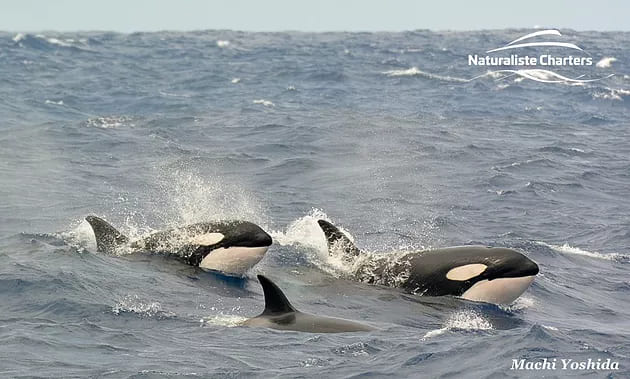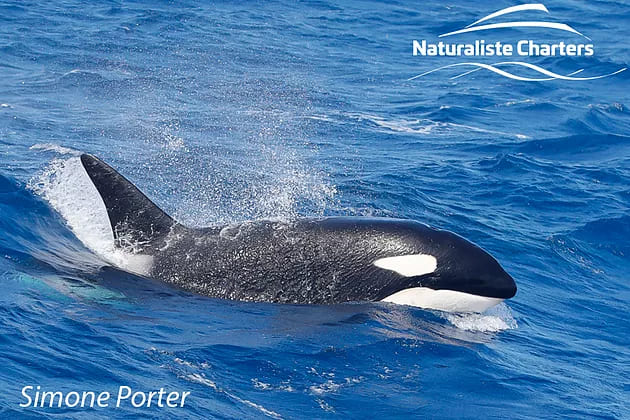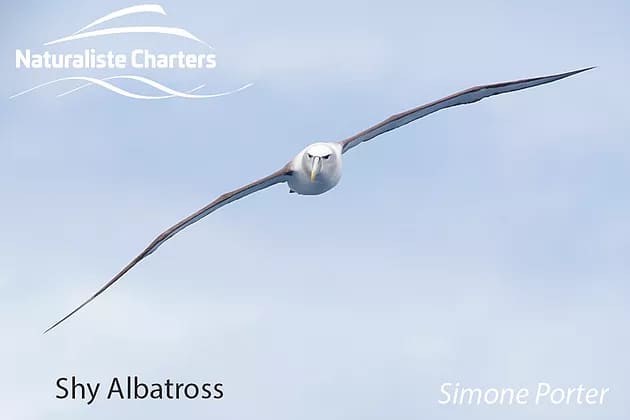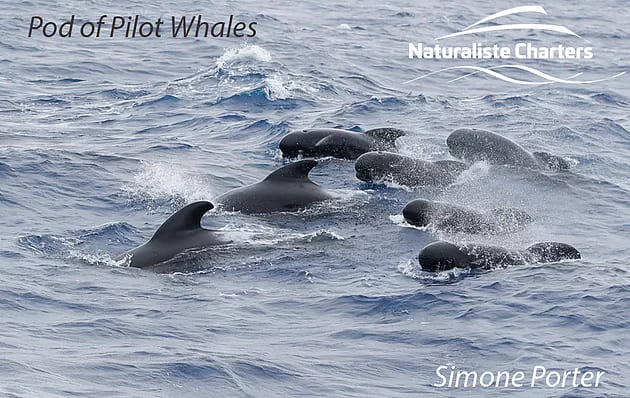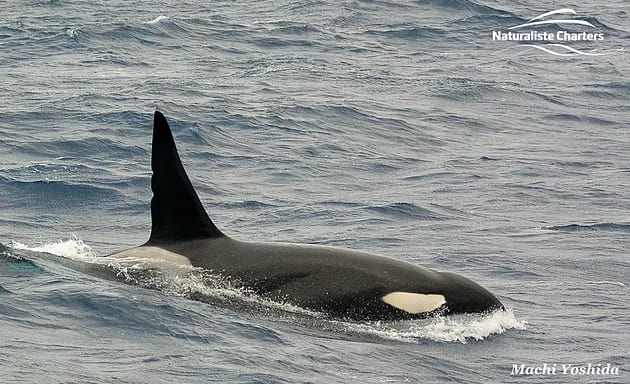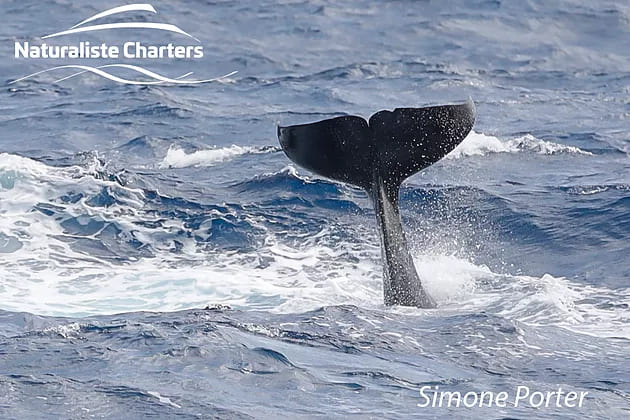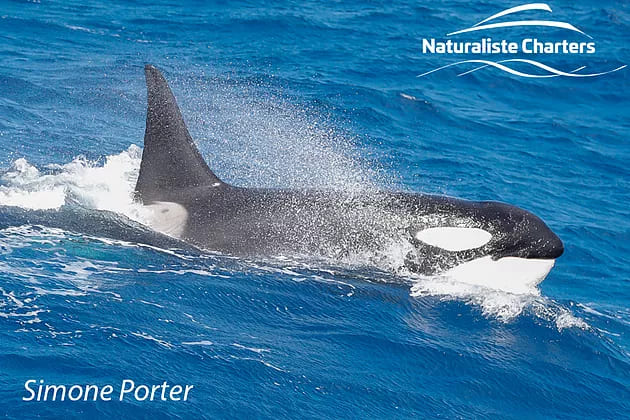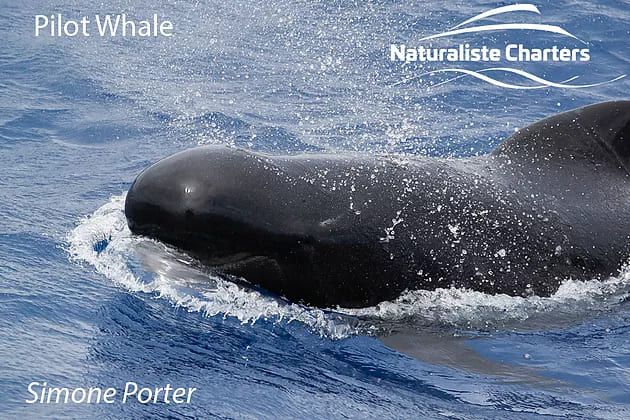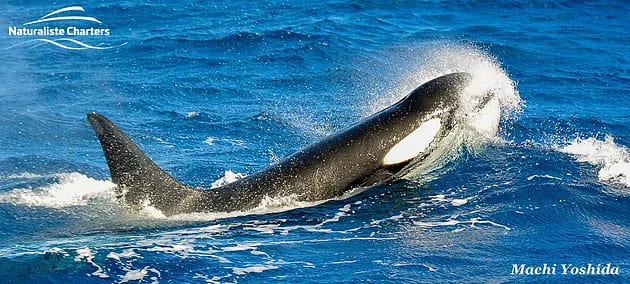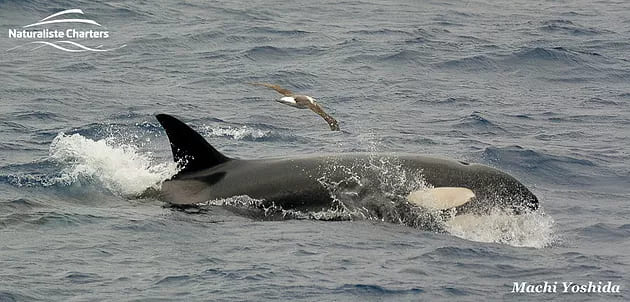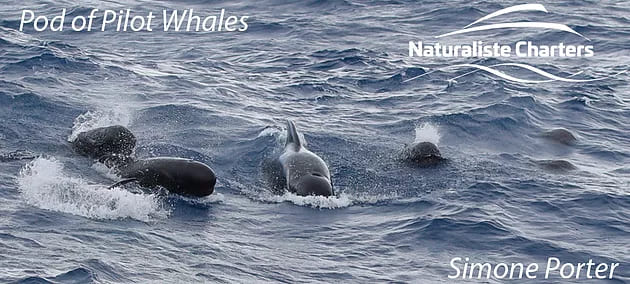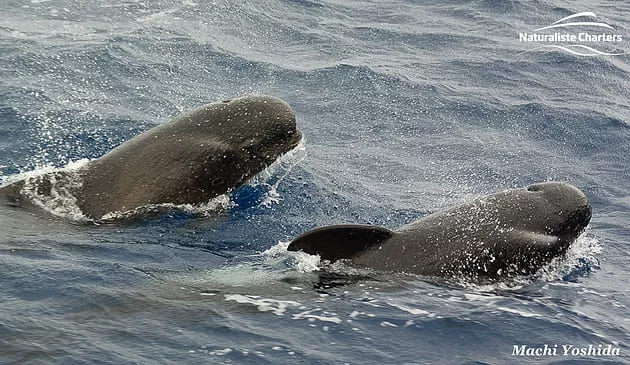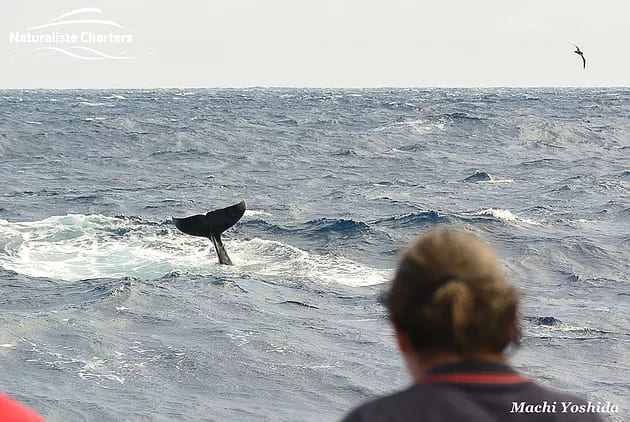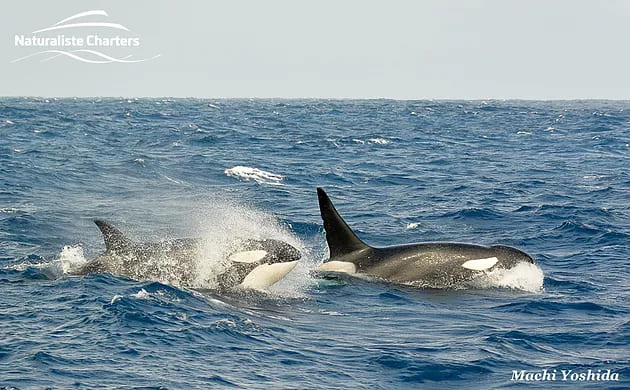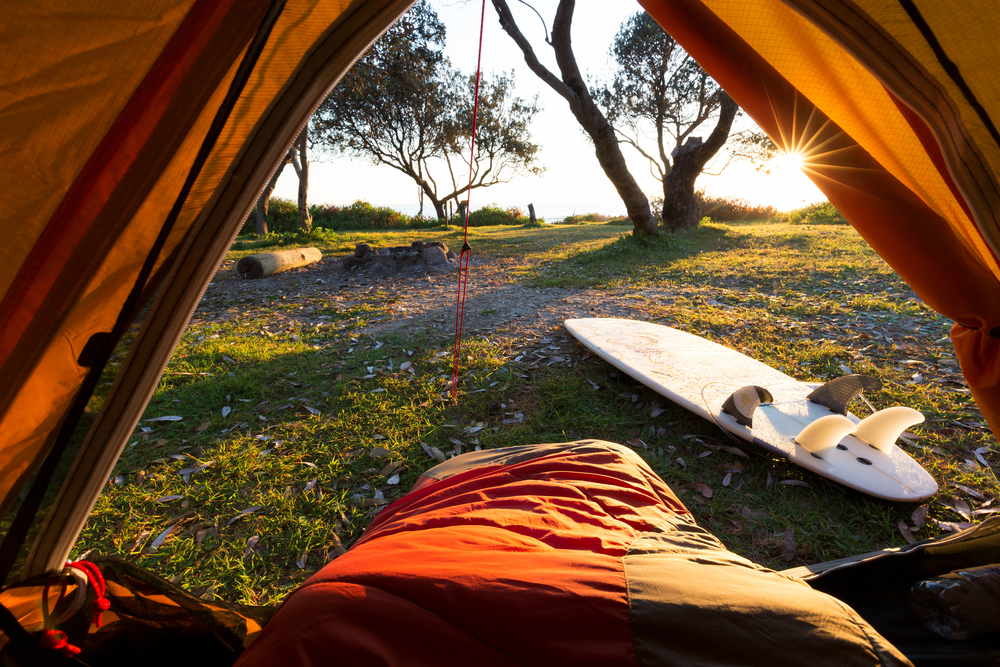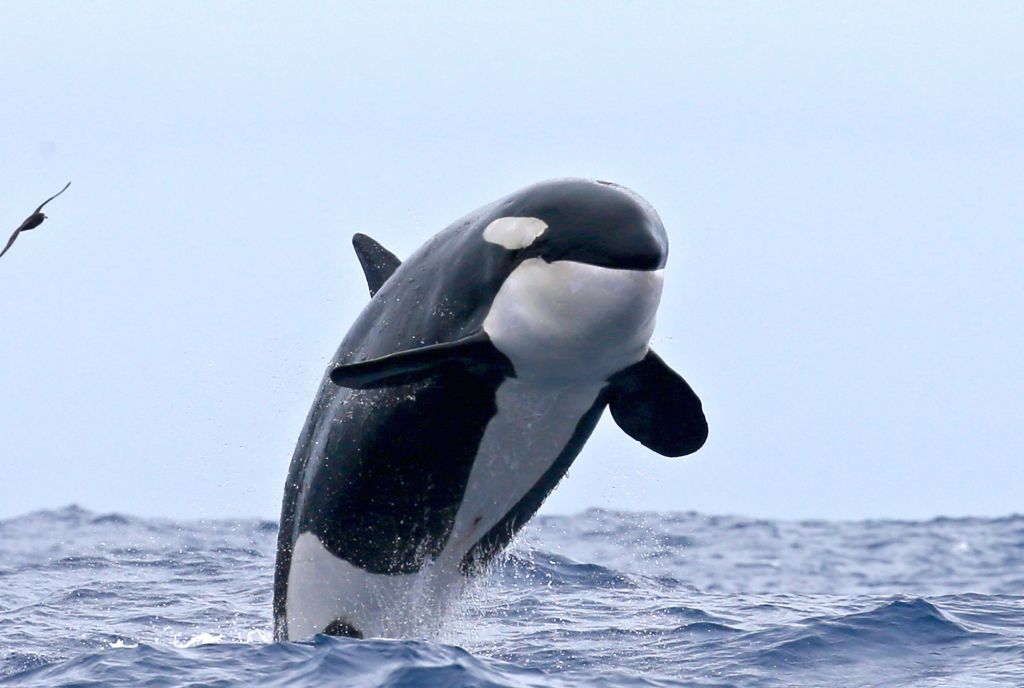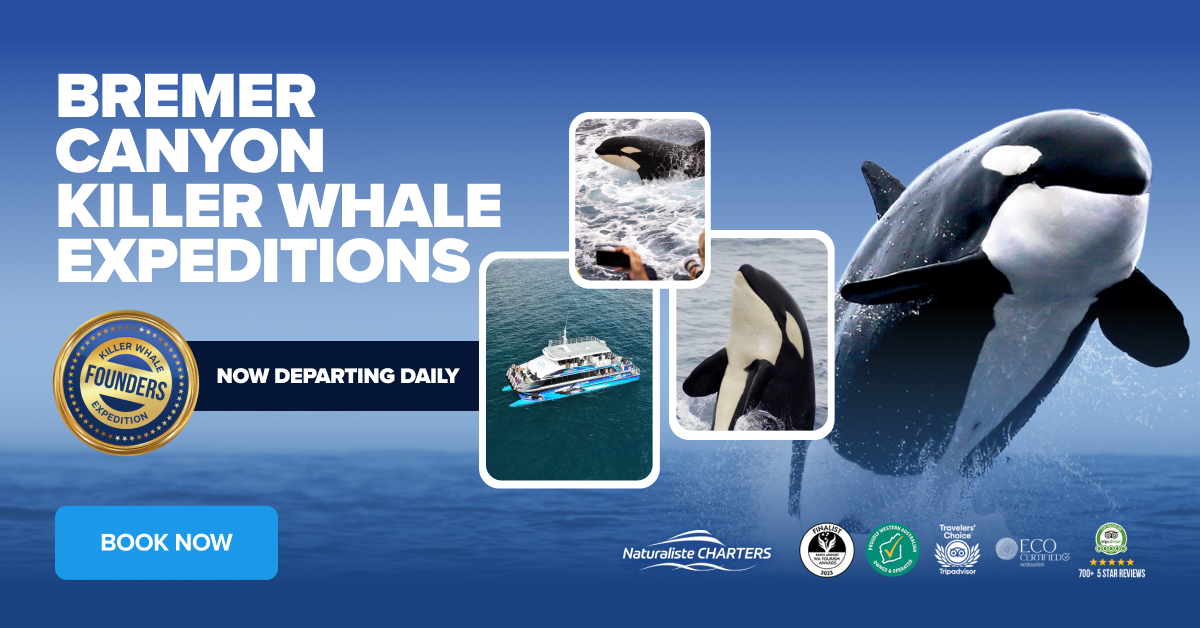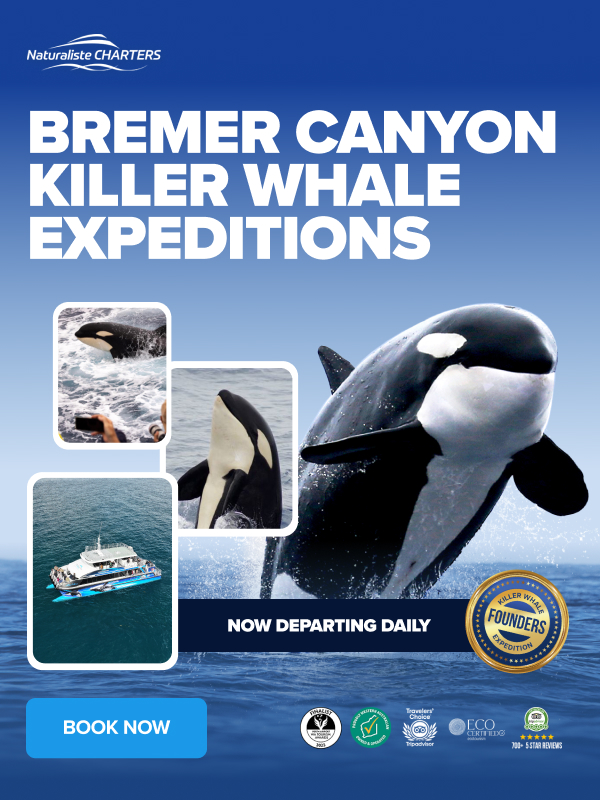This write up contains our typical daily for the 11.02.2019 blog PLUS an extra bit of information on Pilot Whale and Orcas, and how to distinguish between the two. It also contains Orca vs Killer whale information. Enjoy!
Daily Blog
11.02.2019
This morning we were greeted by over 200 pilot whales moving through the water in pulses toward the boat, surrounding us at every angle! As we thought they were gone there was always another group not far behind that cruised toward the bow. It took over 10 minutes for the mega pod to move through the area, keeping our customers highly entertained!
With the first good south westerly swell for the season it was comforting to know that the orca still aggregate here despite the weather! It almost looked as though they were here because of the weather! The orca rode the swell lines with ease as they picked up considerable pace, gliding toward the vessel!
Unrecognisable fins and an oil slick!!:
We were so excited to see so many unrecognisable fins amongst the orca today, confirming that we had at least TWO new pods joining the Bremer Canyon clan! Only a few of our regulars were there, which included Razor and Nibbles and Kai! To only have two recognisable orca amidst almost three pods was an INCREDIBLE sight! Just knowing that this area is thriving and the food sources are plentiful eases the mind and suggests the orca population will only grow and flourish, hopefully even beyond this canyon!
With the remnants of an oil slick on our arrival it suggested that the pods had just made a kill. In the case of multiple pods hunting together the bulls will tear apart the meat and take chunks back to their own pod, sharing the whole kill! This level of co-operating and sharing equates to their success making them the APEX PREDATORS of all oceans in the world.
Our last encounter for the day consisted of HUNDREDS of angry sausages porpoising though the swell as high speed toward the vessel, with much more aggression behind their tails than this morning’s encounter (yes I’m talking about the long-finned pilot whales)! The orca dispersed from the area quickly as the pilot whales encroached closer and closer! We speculate that this may have something to do with the sheer amount of noise that is emitted from a pod of over 200 screeching little sausages!!! The pod was also in a much tighter formation than this morning, likely due to the fact orca were in the area and the group were trying to protect their tiny grey calves! Another great day in Bremer Bay!
ORCA Vs PILOT WHALE: What is the difference?
Firstly lets discuss ORCA vs KILLER WHALE. With two seperate names they are in fact the same thing! An orca and a killer whale are both names used for the same animal. You know those black and white dolphins? The name orca comes from the scientific name Orcinus Orca. Whereas Killer whale is said to have an ancient derivative. Hunters would see orca attacking other whales so they were given the name whale killer. However this was slightly lost in translation to become Killer Whale. Neither name is incorrect and can both be used interchangeably. You will see this occurring regularly in our blogs! To clarify, two names, same AWESOME animal!
Now back to Orca vs Pilot Whales.
Although these whales have many similarities they also have their differences. Firstly we will look at how they are the same.
Both species belong to the group Odontocetes. Anything in this category can be defined by being a whale or dolphin with teeth! That’s right! Smooth conical shaped teeth reaching 6 inches long!! Having similar teeth tends to suggest a similar diet. They both feed on squid and fish. However orcas can specialise further to feed on certain mammals such as seals, whales and other dolphins. Yes, they can predate on the Pilot Whales, although this is not well documented. These toothy cetaceans also have a few other things in common.
Classification:
The next similarity is rather humorous as both have the word whale in their name. Killer Whale and Pilot Whale, when in fact they are both not quite whales but dolphins! They are both classed further into the Delphinidae group and then again into the group known as Blackfish! The Orca is the largest member of the dolphin family reaching up to 9m long and the pilot whale comes in second reaching 6m. Being in this category makes them inquisitive and highly social, forming close bonds in their family groups. Orca tend to be in pods of up to 12 individuals whereas pilots can reach into the hundreds!!
Life Cycle:
Both species have a similar life cycle, with a slow reproduction and lots of energy being put into each individual calf. This results in less offspring but a longer life span. Mothers and calves have an extensive bond, for both species. Pilot Whales can have a 16 month long gestation, they will then nurse or keep the calf in close contact for 36 months!!! Killer Whales spend a slightly longer time, with a gestation of up to 18 months and nursing and close contact up to 4, even 5 years! A mothers role does not stop here. Both of these animals are of only a few that go through menopause. This means that the mothers will pass down information to the children, grandchildren and even great grandchildren!
Habitat:
Pilot whales and Orca also share a similar habitat. Both obviously live in the ocean… ALL oceans in fact! The two species can be found all over the world. Yet unlike Pilot Whales, Orcas can be found in the ice sheets in the coldest of waters! Small populations of orca can thrive here as they specialise their diets! One particular location where both of these species can be found, is Bremer Bay in the south of Western Australia.
Bremer Bay is an incredibly unique place as the continental shelf (underwater) is rather close to the land. 24 nautical miles from the coast lies a dramatic drop off of the ocean floor. This drop off combined with ocean currents creates a marvel of upwellings and hence a congregation of marine life. Orcas visit this area seasonally to mate, feed and socialise with family groups. It is thought that the less studied Pilot Whales also follow this seasonal assemblage. In recent years, Naturaliste Charters, have created the opportunity for ocean lovers to get out to see both these species! They are the pioneer of the Bremer Bay Killer Whale Expeditions, you can find them online! Look for Naturaliste Charters when booking.
Differences:
As highlighted above, pilot whales and orca do have a few differences! Mainly their colouration. Killer whales are incredibly unique in their body patterning. They are majority black with some areas of white. Their underbelly (ventral side), area around their eye (eye patch) and markings on their back (saddle patch) are all white. This colouration is still not fully understood, however it does indicate specific individuals to us land dwellers, humans! These three key identification features mean we can understand individual behaviour just by looking at them! Pilot whales are mainly one colour all over, a gun-metal grey. They do have a heart shaped patch under their chin which is slightly lighter. Unfortunately it is very hard to tell them apart!
Above all, they are still different genetically. Both from a common ancestor but equally unique! This diversity emphasises how an ocean can be thriving and healthy! Now you know a little bit more about both Pilot Whales and Orca its time to go visit them in the wild at Bremer Bay! Whale Watching runs annually from January to April. Be sure to head out with Naturaliste Charters for more information like the above.

